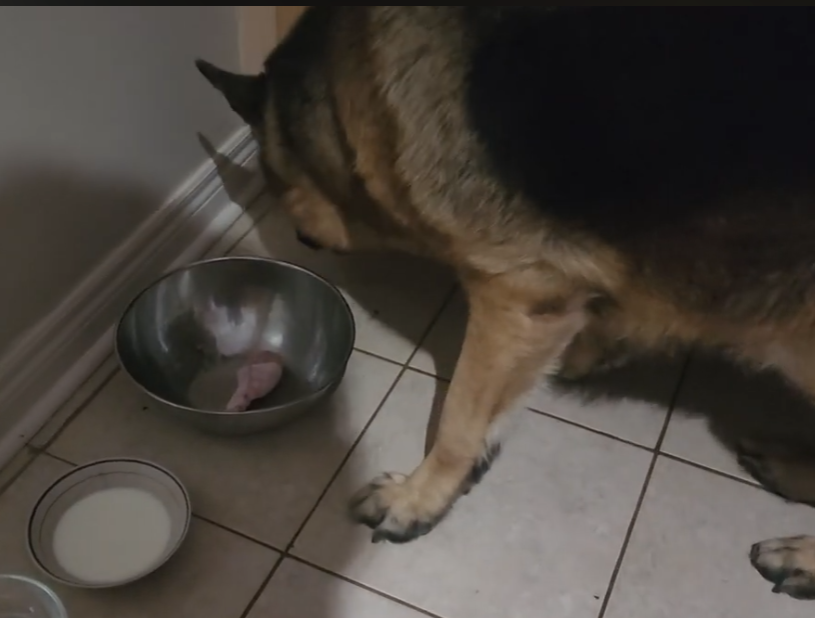The Biologically Appropriate Raw Food (BARF) diet for dogs, also known as raw feeding, is becoming increasingly popular among pet owners. Proponents of this diet suggest it is more aligned with how dogs would naturally eat in the wild. However, the BARF diet also carries some potential risks. This article explores both the pros and cons of the BARF diet for dogs.
Pros of the BARF Diet
Nutritional Value
A significant advantage of the BARF diet is its high nutritional value. Raw foods often contain higher levels of nutrients like proteins, vitamins, and minerals, which may be lost during cooking processes.
Oral Health
Raw diets, particularly those with raw bones, can improve a dog’s oral health. Chewing raw bones can help keep teeth clean, reduce tartar build-up, and promote healthier gums.
Digestive Health
Dogs’ digestive systems are designed to process raw food effectively. Some raw feeders have noticed improved digestion in their pets, including smaller, less smelly stools.
Improved Coat and Skin Condition
Many pet owners report seeing improvements in their dog’s coat and skin condition when feeding a raw diet. This change is likely due to the natural oils and nutrients present in raw food.
Weight Management
BARF diets often have fewer carbohydrates, which may help with weight management in dogs prone to obesity.
Cons of the BARF Diet
Risk of Bacterial Infection
The most significant risk associated with raw feeding is the potential for bacterial contamination. Raw meat can harbor harmful bacteria like Salmonella or E. coli, posing risks to both the dog and human members of the household.
Nutritional Imbalances
Ensuring a well-balanced diet can be challenging with raw feeding. Dogs require a specific balance of proteins, fats, and carbohydrates, along with certain vitamins and minerals. An improperly balanced raw diet can lead to nutritional deficiencies or excesses over time.
Choking or Injury Risks
Feeding dogs raw bones carries risks. Bones can splinter and become lodged in a dog’s throat or pierce their digestive tract.
Time and Cost
Raw diets can be more time-consuming and costly compared to commercial diets. It requires sourcing, preparing, and safely storing the raw food.
Zoonotic Diseases
Feeding a dog a raw diet increases the risk of zoonotic diseases, which are diseases that can pass from animals to humans, such as Salmonella and Toxoplasma.
The BARF diet offers potential benefits such as improved nutritional content, oral health, and coat condition. However, it also presents risks including bacterial contamination and the potential for nutritional imbalance. If considering the BARF diet for your dog, it is recommended to do thorough research and consult with a veterinary nutritionist to ensure your dog’s dietary needs are being met safely and effectively.
Remember, every dog is unique, and what works well for one may not be suitable for another. It’s essential to monitor your dog’s health regularly and adjust their diet as necessary under professional guidance. The most important thing is to choose a diet that keeps your pet happy, healthy, and thriving.
